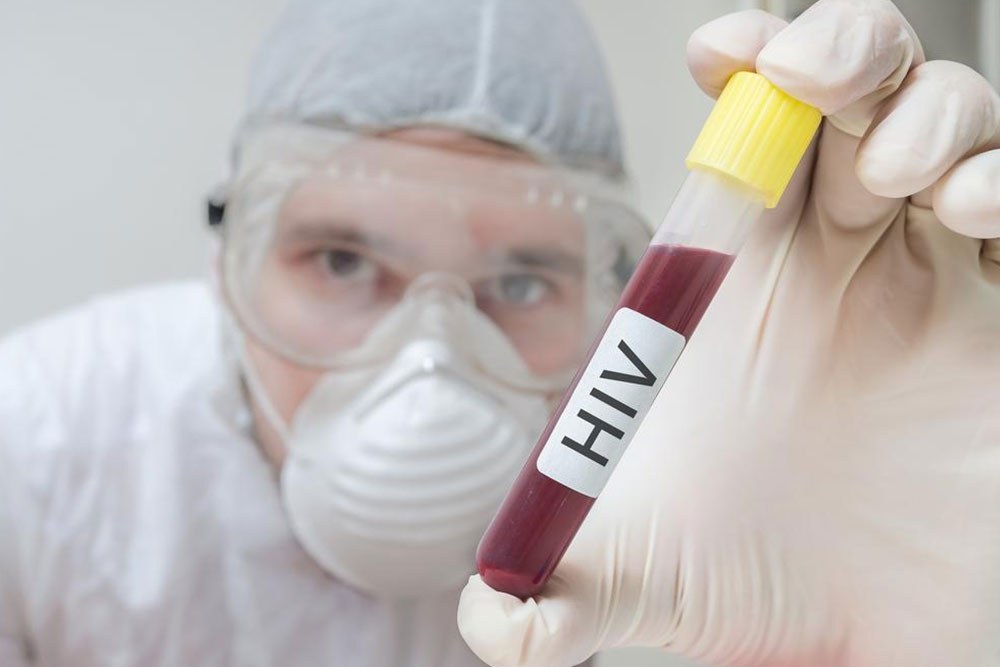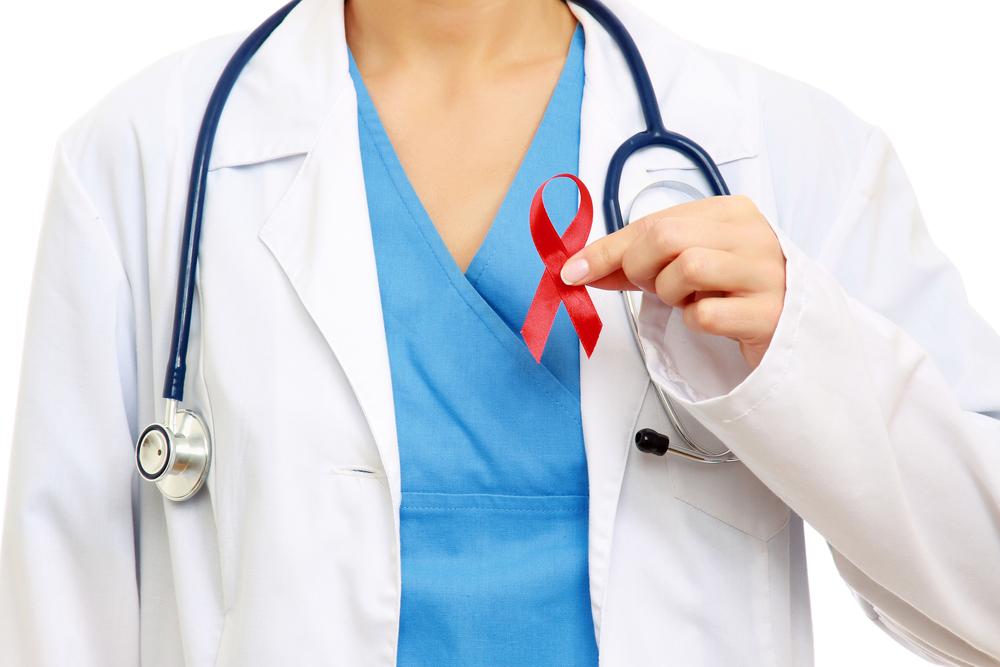Important Facts About Potential Side Effects of HIV Treatment You Should Know
This article highlights essential information about the side effects of HIV treatment, both short-term and long-term. It discusses common adverse effects, the importance of medical communication, and management strategies. Understanding these factors helps patients navigate their treatment plans safely and effectively, ensuring better health outcomes while minimizing discomfort. Always consult healthcare providers for personalized advice and support.

Important Facts About Potential Side Effects of HIV Treatment You Should Know
HIV medications might cause adverse effects that match the symptoms of the infection itself. Recognizing when to seek medical help is crucial.
Human Immunodeficiency Virus (HIV) infects your body by targeting your immune system’s cells. Normally, the immune system produces antibodies to fight foreign invaders, but HIV disrupts this process. It not only evades attack but also progressively weakens the immune defenses.
The virus predominantly attacks and diminishes T-helper or CD4 cells. The specific strain of HIV influences the treatment approach. HIV-1 is the most widespread globally, while HIV-2 mainly resides in West Africa, with some cases in Europe and India.
Pre-Treatment Considerations
Before initiating HIV therapy, consult your healthcare provider about your complete medical history, including current medications, OTC drugs, alternative therapies, or recreational substances. Transparency is key to prevent adverse interactions.
Full disclosure helps your doctor develop a safe and effective treatment plan. While combating HIV is the priority, minimizing side effects is also important. Modern drugs have fewer adverse effects, but some might still impact your quality of life. Contact your physician promptly if side effects become overwhelming.
Short-Term Side Effects of HIV Treatment
During initial treatment phases, you may experience temporary symptoms such as fatigue, anemia, diarrhea, insomnia, dry mouth, vivid dreams, weight loss, injection site reactions, nerve pain, nausea, skin rash, and more. These typically resolve within a week or two.
However, if symptoms persist or worsen, inform your doctor as this could indicate overlapping infections or the need for medication adjustments. Never alter or discontinue your medication without medical advice to prevent drug resistance.
Long-term side effects may develop after extended treatment. Your healthcare provider can help manage these issues with appropriate strategies.
Fat Redistribution (Lipodystrophy): Changes in fat deposits, causing fat loss from face and legs, and accumulation at the back of the neck and abdomen.
Metabolic changes such as increased cholesterol, triglycerides, and blood glucose, raising cardiovascular risks.
Reduced bone density, leading to osteoporosis and fracture risk.
Rarely, lactic acidosis may occur, indicating a buildup of waste products that can cause liver failure and other complications.
Most long-term side effects can be managed by switching medications under medical supervision. Always consult your healthcare provider before making any changes.
Note:
Our blog offers a wide range of informational content based on thorough research. While it aims to provide useful insights, it should not replace medical advice. The site does not endorse or guarantee specific data accuracy or offers, and users should verify information with healthcare professionals.









